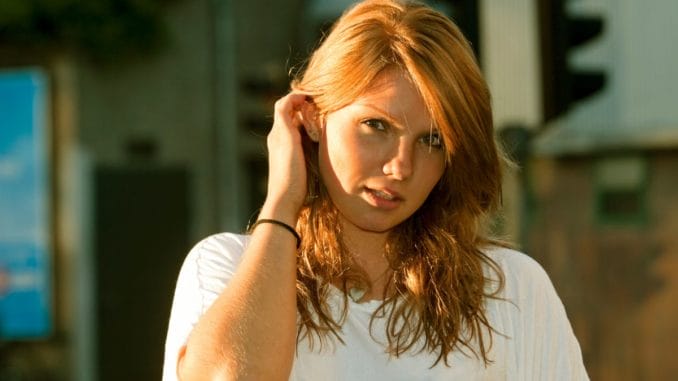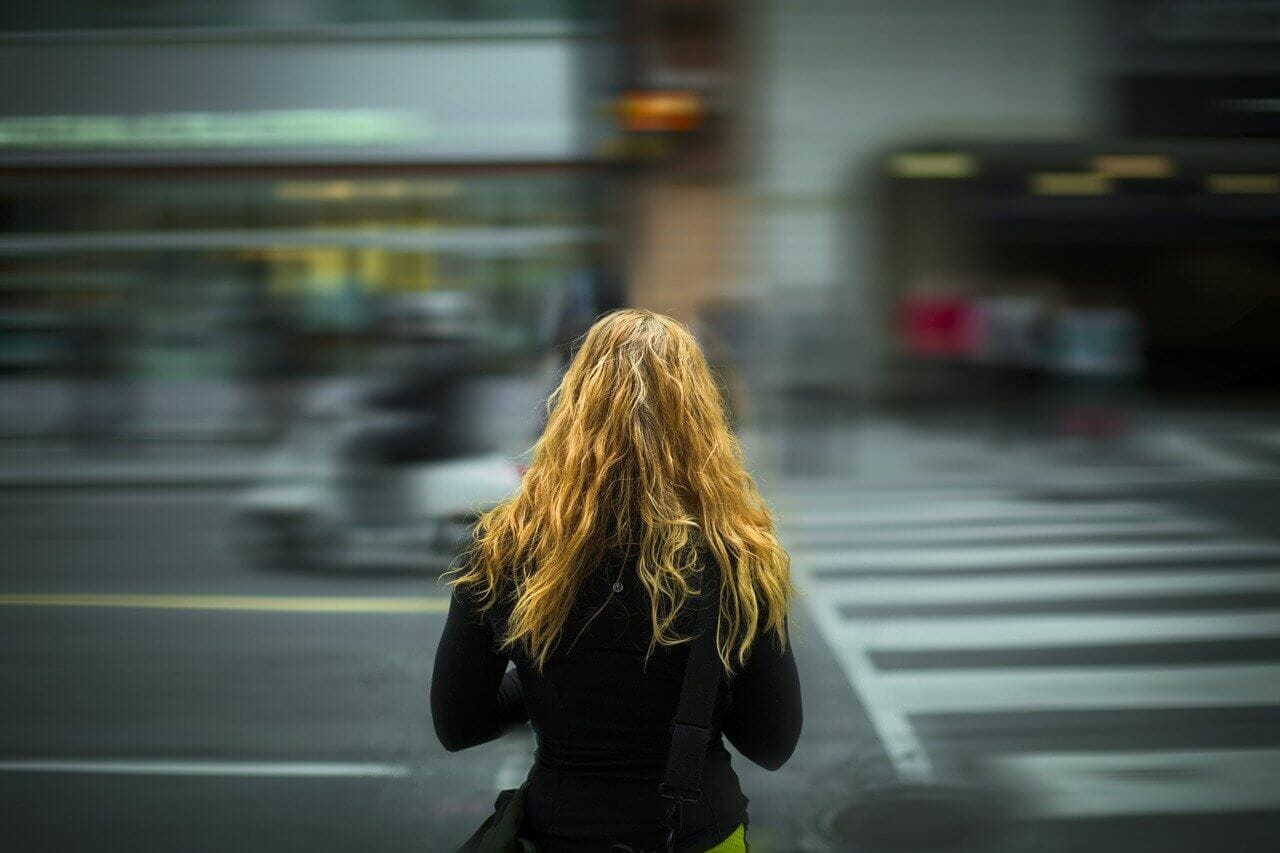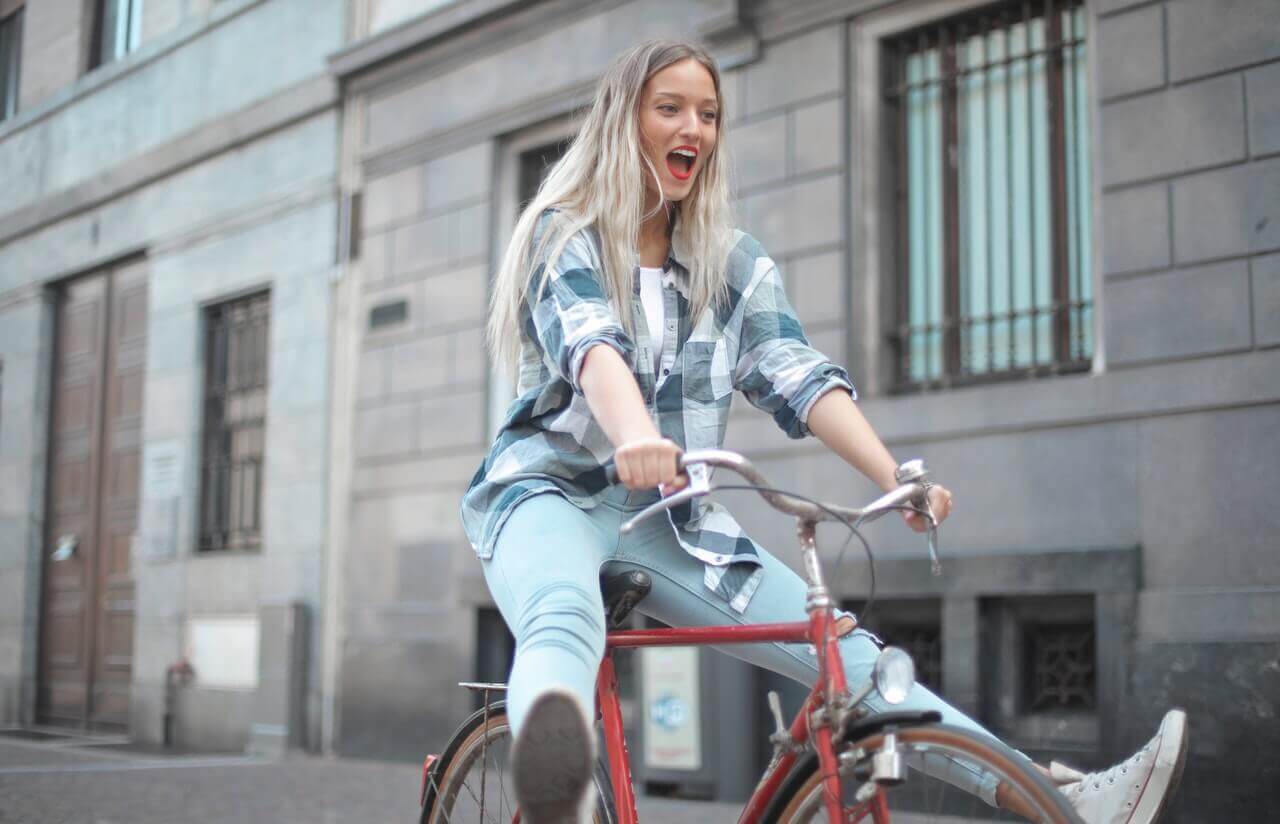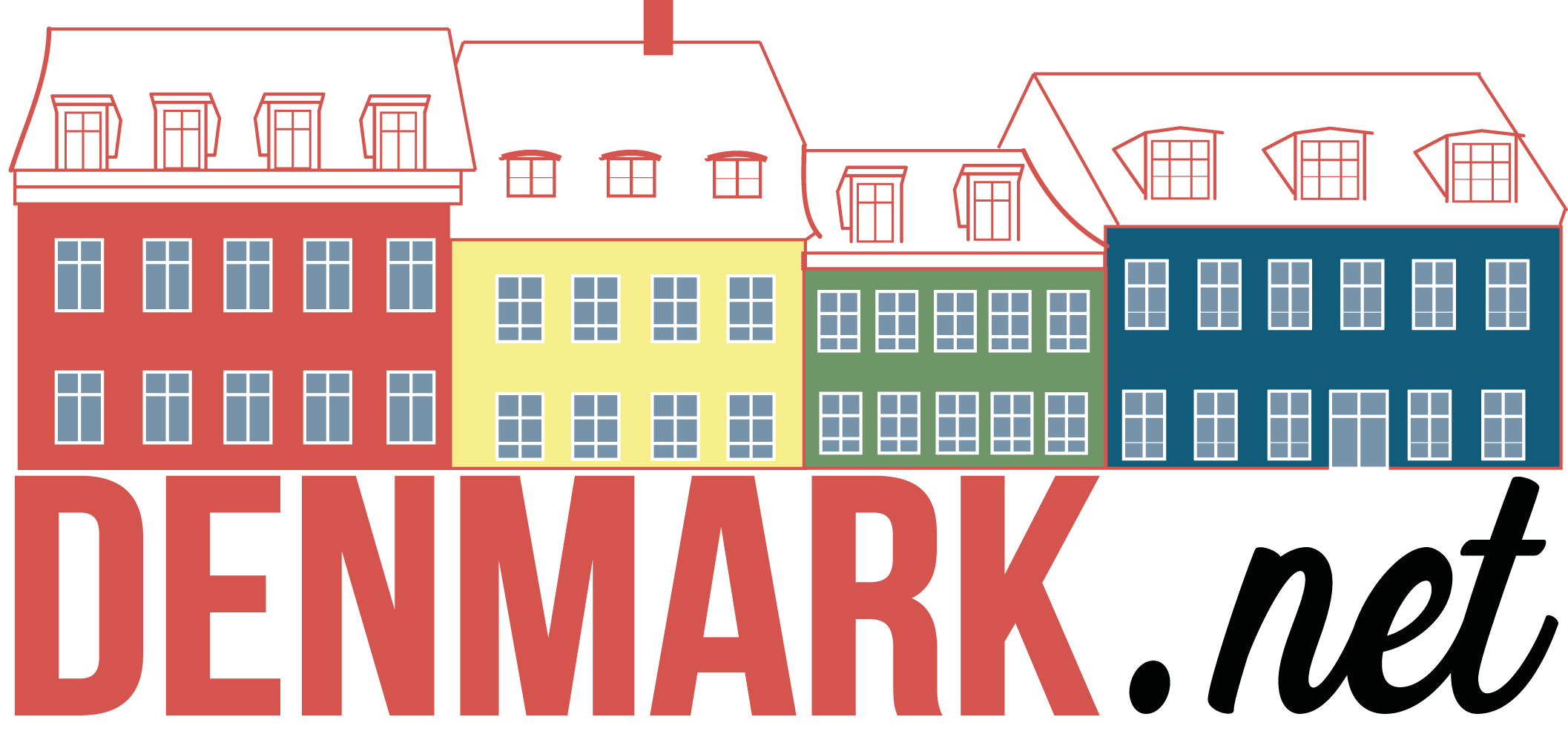
When people think of Denmark, they often picture tall, blond, blue-eyed individuals with a timeless, effortless style. But what truly defines the Danish look, and how did these physical and beauty standards come to be?
Denmark is a country deeply influenced by its Viking heritage, Nordic lifestyle, and a strong cultural emphasis on health, wellness, and individuality.
From its distinct approach to beauty to its evolving inclusivity, Denmark showcases a unique blend of tradition and modernity.
In this article, we’ll explore Danish beauty standards, the physical traits commonly associated with Danes, and the cultural influences that shape these characteristics. If you’ve ever wondered, “What do Danish people look like?” or wanted to understand the essence of Danish beauty and style, this guide will offer a comprehensive look into the traits, styles, and wellness practices that define the Danish appearance.
Let’s dive into the fascinating features and beauty norms that make Danish people stand out, both in Scandinavia and around the world.
Contents
Overview of Danish Physical Traits

When describing Danish physical traits, it’s tempting to turn to stereotypes: fair-skinned, tall, blue-eyed, and blonde. While many Danes indeed share these traits, Danish appearance is the result of a mix of genetics, history, and culture, including Eastern European ancestry.
People from Scandinavian countries often exhibit common physical traits such as being tall and light-skinned, exemplifying traditional Nordic features. This mix results in both typical features and a growing diversity in looks.
General Physical Characteristics

Most Danes are recognized for their height, fair skin, light-colored hair, and blue eyes. Light eyes, particularly blue, are prevalent among the Danish population and are often associated with beauty in Nordic countries.
These traits are not universal, but they are prevalent enough to create a familiar image of the “Danish look” that many around the world imagine. A typical Danish person might be tall and lean, with sharp facial features and a natural, understated style.
This overall look is influenced by both genetics and lifestyle factors, with many Danes embodying the Scandinavian emphasis on wellness, simplicity, and a connection to nature.
Common Ancestry and Genetic Influences

Denmark, like its Nordic neighbors, is influenced by its Viking roots. Scandinavian Hunter-Gatherers predominantly had dark hair, which remains a significant genetic trait in the lineage.
Research on Danish genetics reveals a high level of genetic homogeneity, with common traits shared among Nordic countries such as light hair and eyes tracing back to Viking ancestry. The Danish population has one of the highest percentages of blue-eyed individuals worldwide, estimated at around 60%, a result of genes common in Northern Europe where lower sunlight levels historically contributed to lighter pigmentation.
Moreover, many Danes also have blonde or light brown hair, a genetic trait that not only connects them with their Nordic cousins but also aligns with the region’s climate and environment.
With long, dark winters, Danes have historically benefited from fair skin and lighter features that support vitamin D synthesis—a crucial adaptation for populations living at higher latitudes.
5 Key Beauty Standards in Denmark

Beauty standards in Denmark embrace simplicity, natural beauty, and health. These standards reflect the Danish way of life, which values comfort, functionality, and an understated elegance.
Danish beauty often emphasizes wellness from within, believing that a healthy mind and body contribute to an attractive appearance. Here are five key beauty standards that are commonly admired in Denmark.
1. Sharp Facial Features
Danish beauty standards celebrate sharp, defined facial features, including high cheekbones, straight noses, and symmetrical faces. These characteristics are associated with Scandinavian ancestry, tracing back to the Viking era.
In Danish culture, sharp features are often admired for their elegance and are seen as symbolizing strength and confidence.
- Symmetry and Attractiveness: Scientific studies have shown that facial symmetry is often perceived as attractive across cultures, and Denmark is no exception. Many Danish people have naturally symmetrical facial features, which contributes to the perception of beauty. This symmetry is especially visible in their high cheekbones and straight noses, adding to the distinct Danish look.
- Facial Hair Among Men: Danish men often enhance these sharp features with facial hair, such as full beards or well-groomed goatees. Facial hair not only adds ruggedness but also emphasizes their facial structure. This preference for a natural, rugged look aligns with Danish aesthetics, which lean toward an understated, refined masculinity.
2. Fair Skin and Skincare Culture
Fair, clear skin is highly valued in Denmark and is often associated with good health and resilience against Denmark’s often harsh climate.
The Danish approach to beauty prioritizes healthy, hydrated skin, with a focus on natural products and sustainable skincare routines.
- The Impact of the Climate: The Nordic climate, with its cold winters and limited sunlight, has influenced the preference for fair skin in Danish beauty standards. Historically, fair skin helped maximize vitamin D absorption, a necessity in regions with long, dark winters. Modern Danes continue to take pride in clear, fair complexions, seeing it as a sign of good health and a well-maintained skincare routine.
- Danish Skincare Trends: In Denmark, skincare is about achieving a fresh, natural glow rather than applying heavy makeup. Many Danes incorporate hydrating products, sunscreens, and protective creams into their routines, especially during the winter months when skin is more prone to dryness. Danish skincare brands focus on sustainability, with a preference for organic ingredients that protect and nourish the skin, reflecting the cultural emphasis on natural beauty.
3. Blue Eyes and Cultural Significance
Blue eyes are one of the most notable features among Danes, with Denmark having one of the highest rates of blue-eyed individuals in the world.
This eye color is not only admired for its rarity but is also a marker of Danish heritage, connecting people with their Northern European roots.
- Genetic Heritage and the Environment: The prevalence of blue eyes in Denmark is partly due to genetic traits that have been passed down through generations. In the dim Nordic climate, blue eyes were advantageous for letting in more light, which made them more common over time. Danish culture holds blue eyes in high regard, associating them with both heritage and beauty.
- Unique Eye Colors in the Nordic Region: While blue eyes are common, other light eye colors—such as green and grey—are also seen in Denmark, adding to the diversity within the “Nordic look.” For Danes, these eye colors are not just attractive but also represent a unique connection to their cultural and genetic history.
4. Blonde Hair and Minimalist Hair Care

Blonde hair is often associated with Danes, and while not all Danish people are blonde, lighter hair colors like blonde and light brown are widespread.
This preference is deeply rooted in Nordic ancestry and reflects Danish beauty standards that favor natural hair textures and low-maintenance styles.
- Natural Shades and Low-Maintenance Styling: Danish beauty places a strong emphasis on authenticity and simplicity. Many Danes prefer to keep their natural hair color, enhancing it with subtle highlights rather than dramatic dyes. Hairstyles are typically understated, with an emphasis on ease and practicality. Loose waves, natural curls, and straight styles are popular, capturing the effortless beauty often associated with Danish culture.
- Less is More: Danes often avoid heavy styling products and elaborate hairstyles. Instead, they opt for minimal hair care routines that prioritize healthy hair over complex styling. This approach aligns with the broader Danish beauty ethos: looking well-groomed without appearing overly styled. For a truly Danish look, hair is often left a bit tousled and natural, embracing a “just rolled out of bed” look that still feels polished.
5. Tall and Lean Body Types

Danes are among the tallest people in the world, and their slim, athletic builds are admired as part of the Danish beauty ideal.
This emphasis on a tall and lean physique isn’t just about appearance; it’s also connected to the Danish focus on health and an active lifestyle.
- A Health-Conscious Lifestyle: Physical activity is embedded in Danish culture, with people often choosing to bike, walk, or engage in outdoor activities. This active lifestyle contributes to the tall, slender physiques that are common in Denmark. Danish people also enjoy a balanced diet rich in fresh produce, whole grains, and lean proteins, which supports their health-focused beauty standards.
- Wellness-Driven Body Image: In Denmark, beauty is closely tied to wellness. Rather than focusing on extreme diets or intense gym routines, Danes emphasize work-life balance, outdoor exercise, and nutritious foods. This approach results in a natural, toned appearance that reflects the Danish appreciation for health and well-being.
Cultural Influences on Beauty Standards in Denmark
The beauty standards in Denmark reflect more than just physical traits; they embody the unique characteristics and standards associated with Nordic people, including their beauty, physical attributes, and cultural perceptions among the Nordic countries.
While traditional Danish beauty ideals are rooted in Nordic ancestry and influenced by Denmark’s Viking heritage, modern Denmark is a multicultural society where individuality and inclusivity have become integral to the beauty landscape. This blend of tradition and contemporary values shapes Danish beauty standards in a way that’s both unique and welcoming.
Historical Influences: Viking Heritage and Nordic Ancestry
Danish beauty standards have been shaped by centuries of history, beginning with the Viking Age. The Vikings, known for their striking physical characteristics—tall, strong builds, fair complexions, and often light-colored hair and eyes—left a lasting imprint on the Danish identity.
These physical traits became part of what many consider to be the “Nordic look” and still influence Danish beauty ideals today.
- Physical Traits Rooted in Viking Ancestry: Traits like blonde hair, blue eyes, and high cheekbones are associated with the Norse heritage of Denmark. These features are celebrated not only as aesthetic qualities but also as connections to Denmark’s cultural past. Many Danes feel a sense of pride in this lineage, which contributes to the lasting appeal of these physical traits in Danish beauty standards.
- Strength and Resilience: The Viking legacy has fostered a cultural admiration for strength and resilience. These qualities are celebrated in modern Danish beauty standards, which often value a natural, healthy, and strong appearance over heavily styled or artificial looks. This appreciation for robustness and vitality can be seen in Denmark's emphasis on fitness and a well-rounded, active lifestyle.
Modern Diversity: Embracing Multicultural Beauty

Denmark has become increasingly diverse over the past few decades, with people from various ethnic backgrounds calling it home. This multiculturalism has expanded the perception of beauty, encouraging a broader acceptance of different physical traits, skin tones, and hair types.
While traditional Nordic features are still celebrated, the evolving Danish beauty standards now embrace a richer tapestry of looks, enhancing the diversity within the Danish population.
- A Shift Toward Inclusivity: Modern Danish beauty standards emphasize individuality and self-expression. There is a growing movement toward recognizing beauty in all its forms, beyond the traditional fair-haired, blue-eyed ideal. Danish beauty brands and media have begun to feature models from a range of ethnic backgrounds, broadening representation and reflecting Denmark’s inclusive mindset.
- Global Influence Meets Danish Aesthetic: Denmark’s beauty and fashion scenes are increasingly influenced by global trends, which has led to an appreciation for diverse styles and aesthetics. This intersection of Danish tradition with global perspectives has brought a refreshing diversity to the nation’s beauty standards, making Denmark a place where people can feel free to express their unique beauty.
Health and Wellness as Core Values

In Denmark, beauty is closely tied to health and wellness. Rather than striving for an artificially polished look, Danes focus on achieving a natural glow that comes from within.
This health-oriented approach is rooted in the Danish lifestyle, which prioritizes balance, mental well-being, and a sustainable, active lifestyle.
- The Role of Wellness in Beauty: Danes believe that feeling good is the foundation of looking good. This is why beauty standards in Denmark often revolve around practices that promote physical and mental health. The emphasis on a balanced lifestyle—whether through diet, exercise, or mental wellness—shapes Danish beauty ideals. Healthy skin, a natural complexion, and a well-rested appearance are valued far more than heavy makeup or elaborate beauty routines.
- Clean and Natural Skincare: Reflecting their focus on health, Danes have a preference for clean, natural skincare products. Danish beauty routines favor organic and eco-friendly products that nourish the skin without harsh chemicals. This approach aligns with Denmark’s environmental consciousness and the belief that beauty should enhance, not mask, one's natural features. Many Danish skincare brands, like Rudolph Care and Ecooking, have gained international recognition for their commitment to sustainability and minimalism.
The Influence of “Hygge” on Beauty and Self-Care
The Danish concept of “hygge,” which centers on warmth, comfort, and well-being, extends into beauty and self-care practices. For Danes, beauty routines are not about perfection but about feeling good in one’s own skin.
This “hygge” approach promotes a mindful, enjoyable way of taking care of oneself, encouraging people to appreciate simplicity and authenticity.
- Self-Care as a Hygge Ritual: In Denmark, self-care is seen as a daily ritual to foster well-being. Skincare routines, for example, are approached with a “hygge” mindset—relaxing, comforting, and rejuvenating rather than rushed or stressful. From taking a few moments to enjoy a calming facial mask to moisturizing with soothing creams, Danish beauty practices often emphasize enjoyment and relaxation.
- Embracing Imperfections: Hygge encourages embracing imperfections, which is reflected in Danish beauty standards. Danes prioritize natural beauty and often feel comfortable with minimal makeup, allowing freckles, fine lines, and unique features to shine. This laid-back approach to beauty empowers people to feel confident in their natural look, aligning with Denmark’s emphasis on self-acceptance and inner contentment.
A Look Toward the Future: Evolving Beauty Standards

While Danish beauty standards have long been defined by certain physical traits and a connection to Nordic heritage, the cultural influences shaping these standards are becoming more varied and inclusive.
Denmark’s beauty ideals now balance traditional Nordic characteristics with a growing appreciation for diversity and individual expression.
As more people of various backgrounds become part of Danish society, beauty standards in Denmark will likely continue to evolve, embracing an even broader definition of what it means to be beautiful.
- Sustainability and Innovation: With a strong commitment to sustainability, Denmark is also paving the way for eco-conscious beauty practices. Danish beauty brands are leading in eco-friendly innovation, creating products that are kind to both skin and the environment. This focus on sustainability resonates with Danish values and is becoming an important aspect of Danish beauty standards.
- Individuality Over Conformity: As Danish society grows increasingly diverse, there is a stronger emphasis on individuality in beauty. Beauty standards are shifting away from rigid definitions and towards a more inclusive, multifaceted understanding of beauty that reflects the unique qualities of each person. In today’s Denmark, beauty is celebrated as a personal expression, blending elements of heritage, culture, and modern ideals.
Stereotypical Traits and Characteristics
Honest and Straightforward
Danish people are often known for their honesty and straightforwardness, placing a high value on transparency and directness in their interactions. This trait is deeply woven into Danish culture, where openness and sincerity are essential.
In Denmark, it’s common for people to express their thoughts and opinions directly, without beating around the bush. While this straightforwardness may sometimes be perceived as bluntness, it’s important to remember that this is simply a cultural norm.
A survey conducted by the Danish Chamber of Commerce found that 75% of Danish respondents considered honesty the most important quality in business relationships. This strong emphasis on honesty and transparency is also reflected in Denmark’s consistent ranking among the top 10 least corrupt countries in the world, according to the Corruption Perceptions Index.
This direct approach also shapes the Danish communication style. Danes tend to be to-the-point, often avoiding unnecessary small talk. For foreigners, this can be both refreshing and a bit surprising, but understanding this cultural norm provides valuable insight into Danish values.
In summary, the stereotype of Danish people being honest and straightforward is well-founded and reflects their core cultural values. While this approach may take some adjustment, it’s a respected and essential part of Danish culture, valued in both personal and professional relationships.
Conclusion
Danish beauty standards capture a unique blend of simplicity, natural elegance, and well-being that reflects the heart of Denmark’s culture. Rooted in Nordic heritage and shaped by the timeless concept of “hygge,” Danish beauty values inner health and balance just as much as outward appearance.
Traditional Danish traits—like fair skin, blond hair, and blue eyes—are often admired, yet today’s beauty standards embrace a broader perspective, celebrating individuality and diversity as essential aspects of beauty.
Embracing Danish beauty means valuing authenticity and a low-maintenance approach. This could mean adopting a minimal skincare routine, building a wardrobe of quality essentials, or living a balanced, wellness-focused lifestyle. Ultimately, Danish beauty is about being comfortable in your own skin, prioritizing what feels natural over what seems perfect.
Danish beauty invites us to slow down, focus on well-being, and appreciate the elegance of effortless style. It’s a refreshing reminder that beauty isn’t about rigid standards—it’s about nurturing ourselves, inside and out, and finding joy in simple, authentic moments. By incorporating these Danish principles, anyone can capture a touch of that “effortless Danish look,” in a way that feels true, balanced, and uniquely their own.
As Danish society diversifies, its aesthetic standards highlight individuality. Custom Embroidered Patches are great for personalization. More sustainable and expressive designs will emerge.
The patches, for instance, are recyclable. They can be crafted into unique personalized patterns, fulfilling people's desires for environmental protection and self-expression.
Custom Embroidered Patches can be integrated with elements such as personal mottos or symbols according to preferences, becoming a new way for individuals to display their personality and values, allowing people to carry the Danish aesthetic spirit with them, whether by decorating their clothing, accessories or personal belongings and leaving a unique mark in the multicultural world.









Too much emphasis on blonde hair, even in the USA. It’s making brunette girls feel ugly and needs to stop imo.
I’m going to visit soon. I was excited anyway but even better to know my pale skin and tall svelte figure wont make me feel like a freak. My eyes are green and I have dark hair but nobody’s perfect
Love it